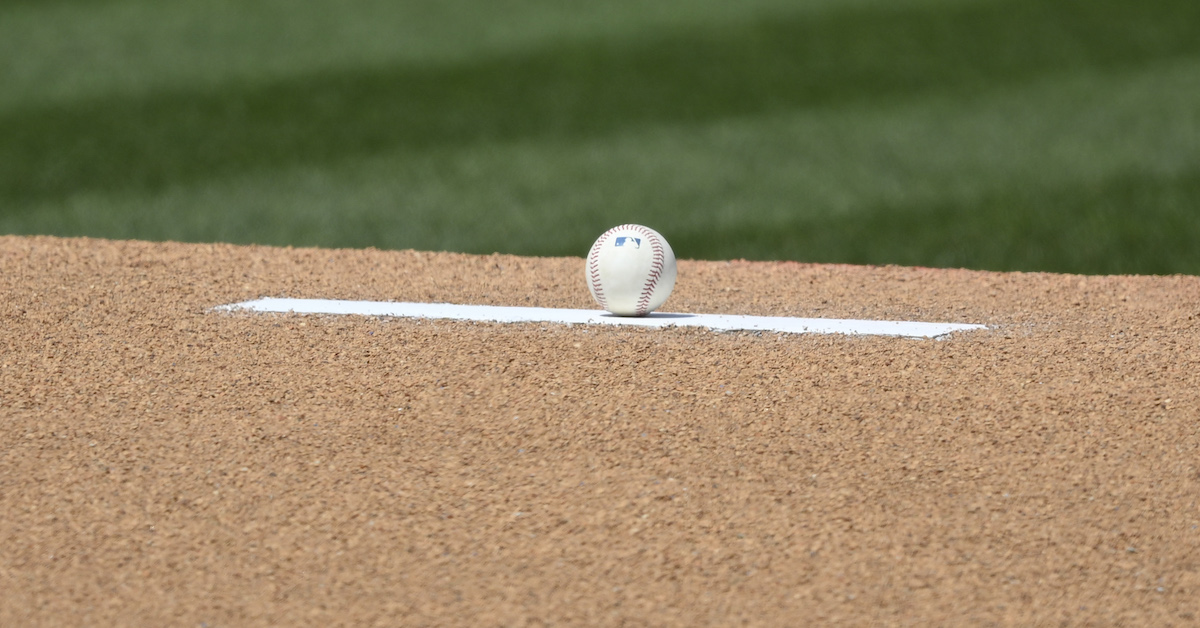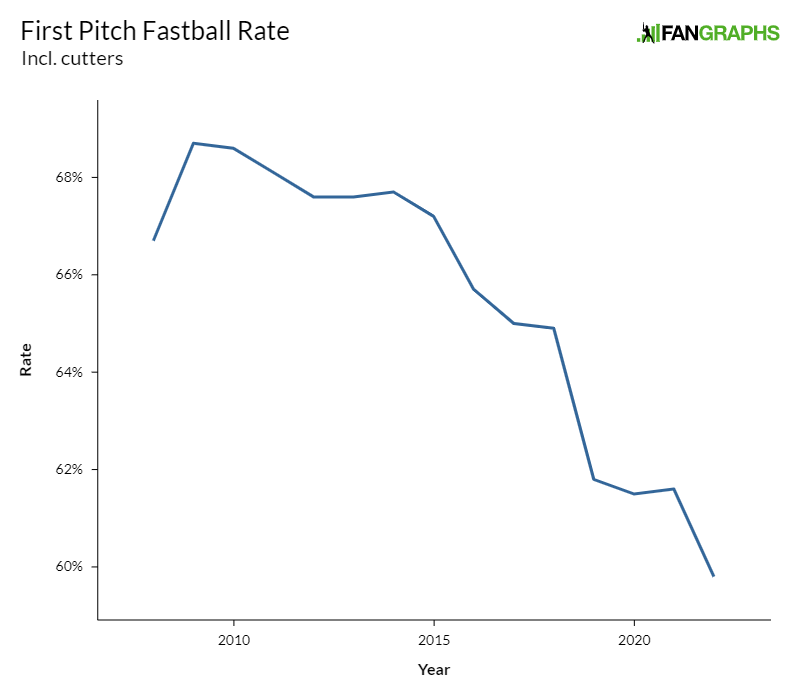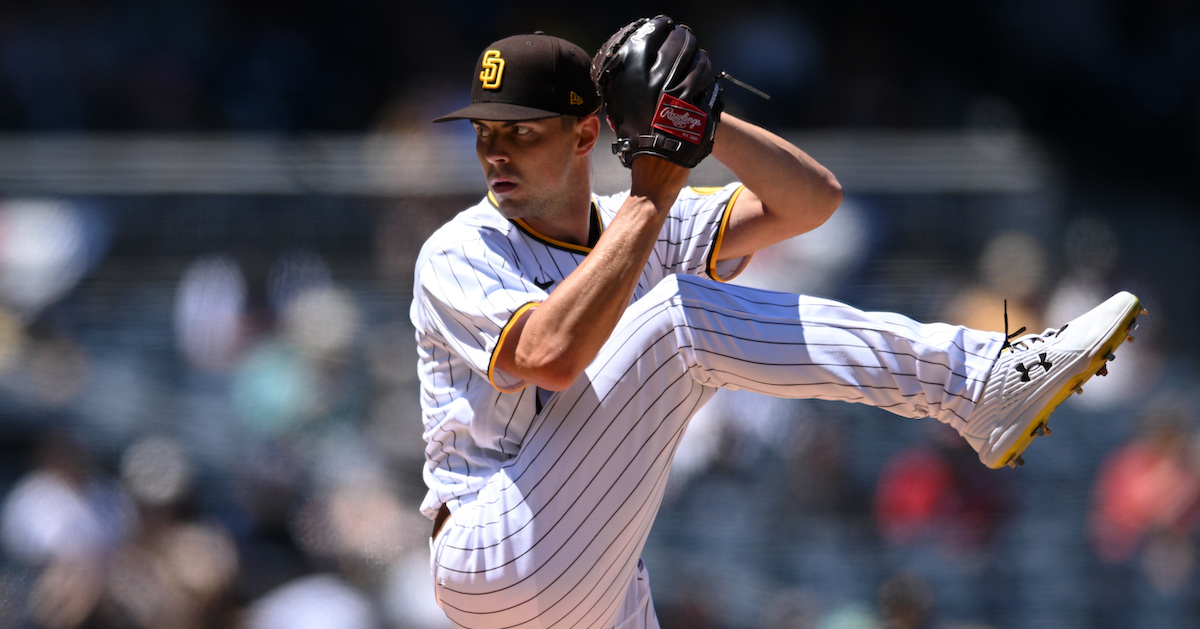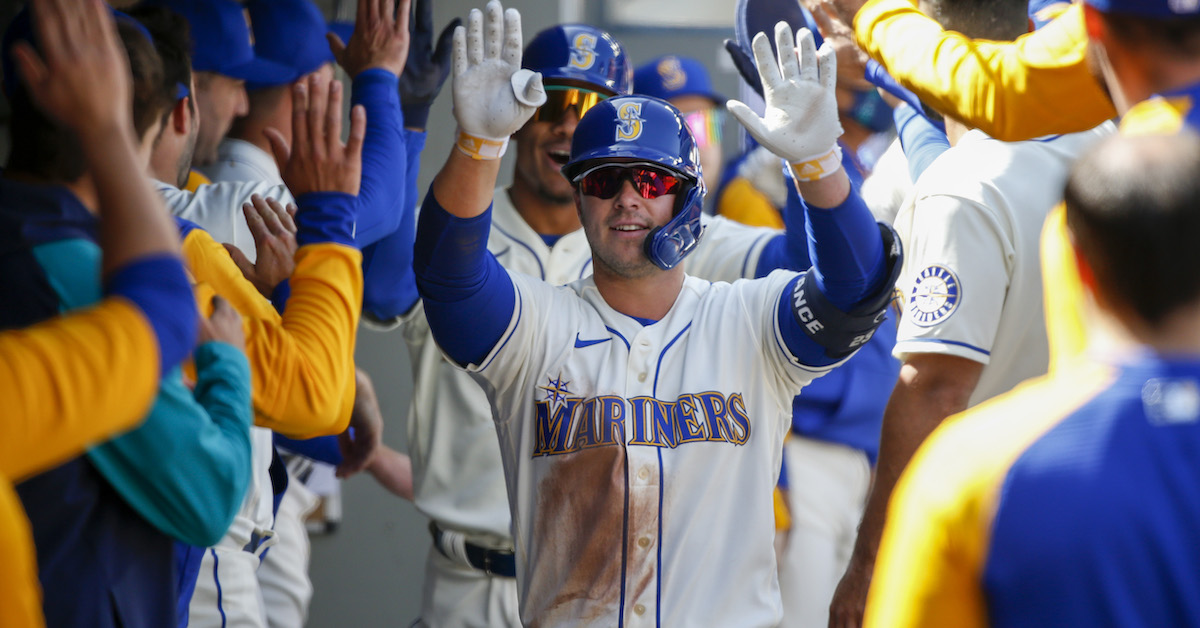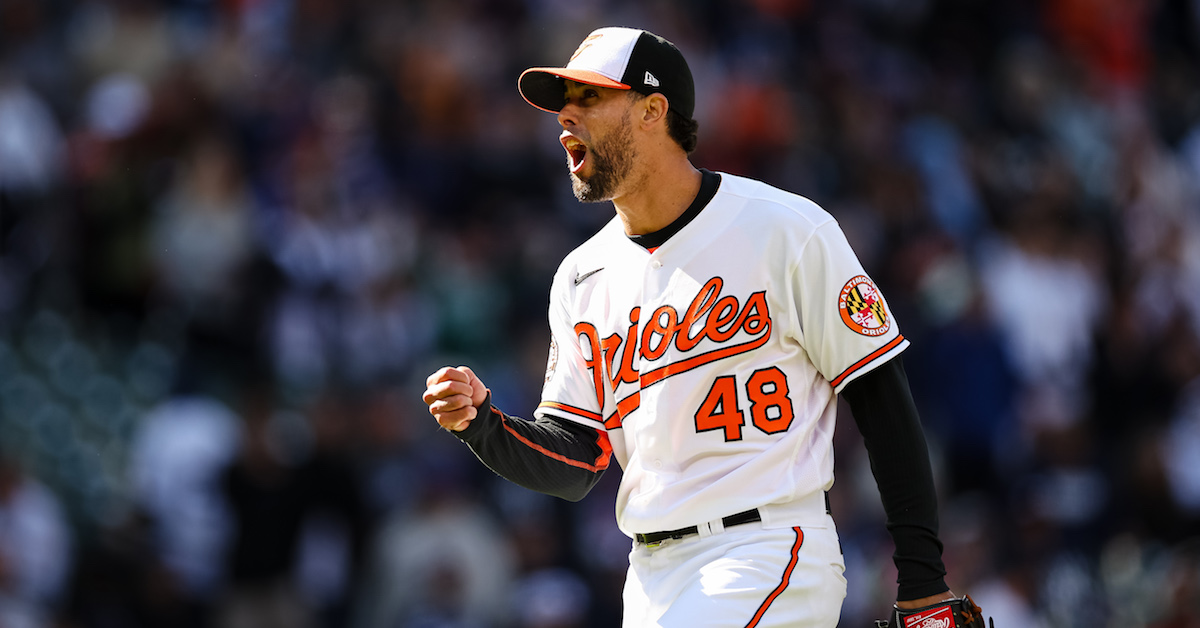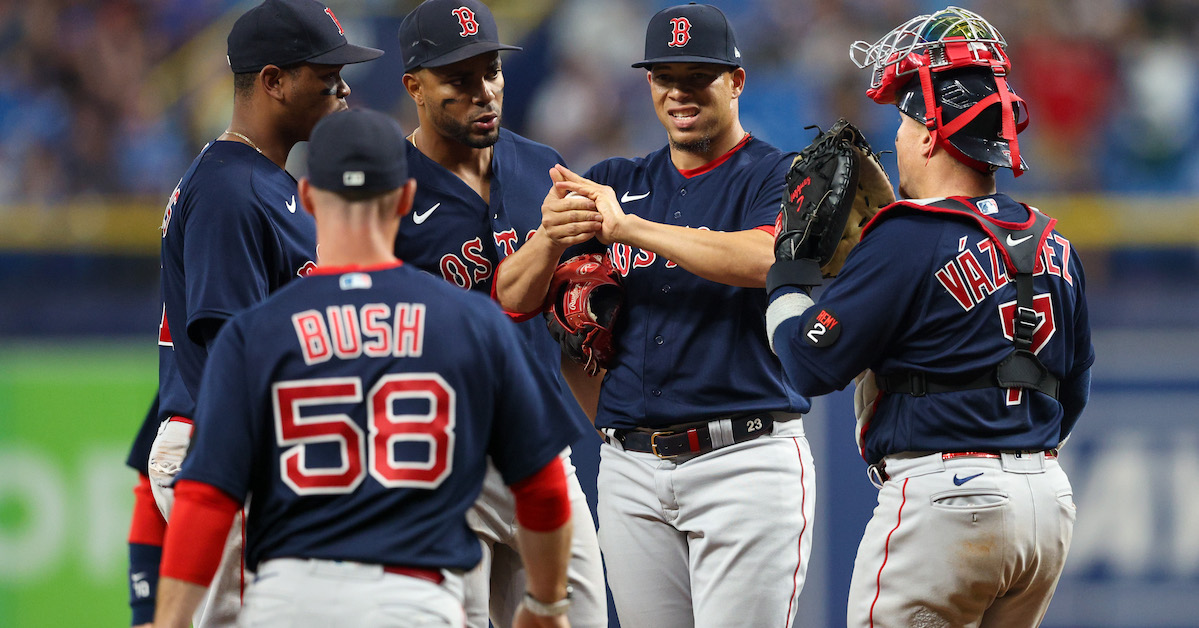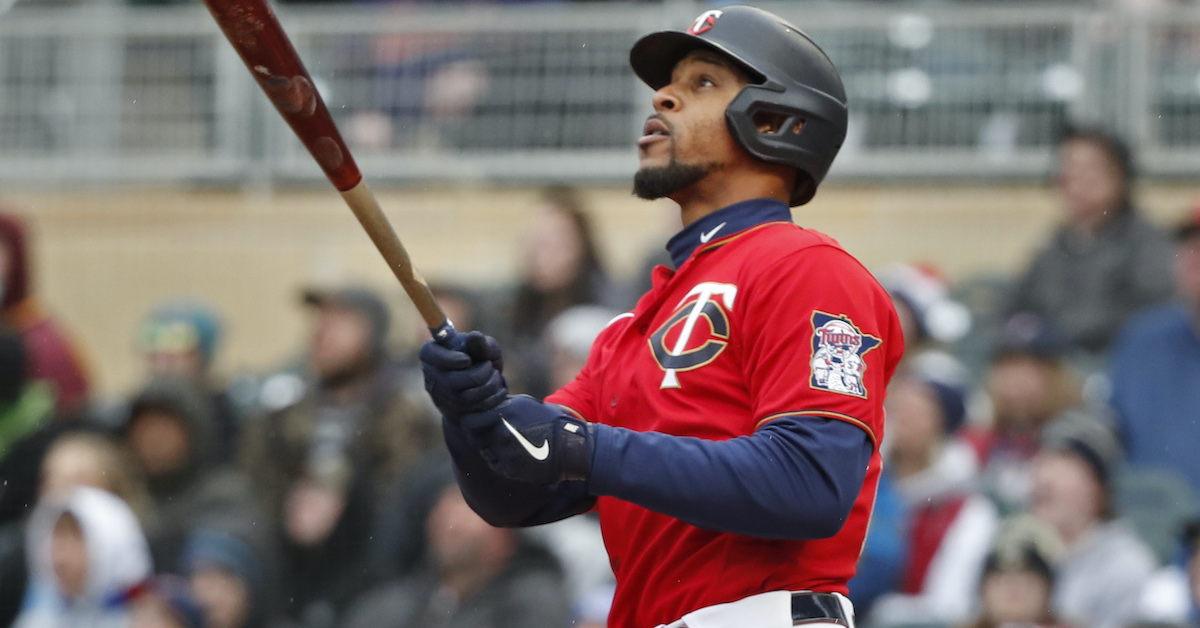Amid Fits and Starts, Mike Trout Might Be Getting Better at Something

During the past two years, we here at FanGraphs have spent a good bit of time staring into the abyss in contemplation. Specifically, we’ve wondered about a world without Mike Trout, or at least a world where he’s no longer the game’s top player. Who will inherit the mantle of this generation’s Mantle? What would our lowered expectations for Trout look like? What are the chances that in his age-30 season, he’s a bust? What would the playoff races look like without him?
Alas, we got an all-too-real demonstration of that last question just weeks after Dan Szymborski posed it last April, as Trout was limited to 36 games due to a right calf strain that he sustained on May 17. The strain, which occurred as he ran the bases on an inconsequential two-out popup, was supposed to sideline him for six to eight weeks, already the longest absence of his career. It turned out to be worse than expected; he never got comfortable enough in his recovery to begin a rehab assignment, and didn’t return to action before season’s end. Thankfully, he’s back now, and while he may not be better than ever, what his ridiculous stat line — .365/.476/.808 for a 270 wRC+, with all of those numbers major-league bests save for the batting average — presupposes is… maybe he is?
If Trout is on the precipice of age-related decline, it hasn’t come yet. After starting the year just 3-for-15, he’s put together a 10-game hitting streak, during which he’s putting up cheat-code numbers (.432/.523/.946). The streak went on ice for a few days when he was hit on the left hand by an 81 mph slider from the Rangers’ Spencer Patton on April 17; I don’t know about you, but I can’t watch the clip without the urge to yell, “Move, Mike!” when he reflexively pulls his hands down towards his waist and puts them in harm’s way. Thankfully, x-rays were negative, and while he missed three games, he’s kicked things up a notch since returning, with multi-hit efforts in four of his last six games, and seven of the 11 hits within going for extra bases. Read the rest of this entry »


